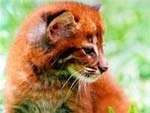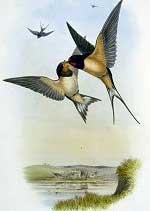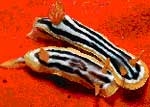As one of the fastest striking snake species in the world, the puff adder still could not escape the jaws of the South African cobra.
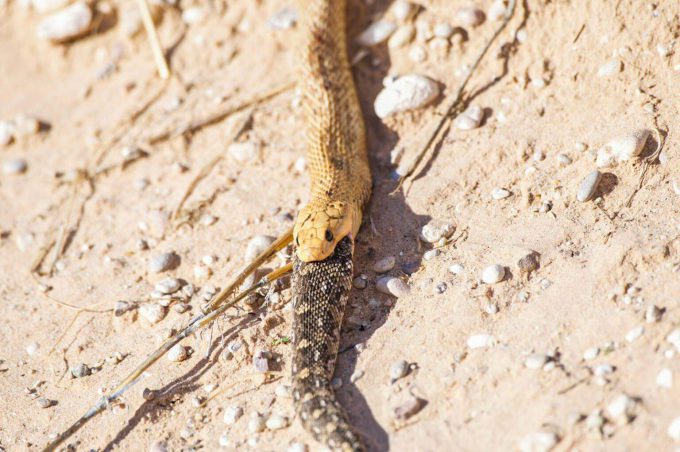
Gabi Hotz encounters a South African cobra enjoying its meal. (Photo: Latest Sightings).
Gabi Hotz, a wildlife enthusiast, spotted the South African cobra (Naja nivea) indulging in its meal in the Kgalagadi Reserve, Botswana, as reported by Latest Sightings on January 21. “We discovered a snake – a large South African cobra. Encountering snakes during wildlife tours isn’t common. Spotting a South African cobra is even more special,” she shared.
The South African cobra was not alone; it had captured something and was in the process of swallowing it, Hotz noted. The remains of the prey visible from the snake’s mouth did not resemble a bird or a rodent. Utilizing a camera and binoculars, the tour group identified it as a puff adder (Bitis arietans), a venomous snake belonging to the viper family. The puff adder is among the fastest striking snakes in the world, but that was not enough to save it from the South African cobra in this instance.
“We were amazed to witness the South African cobra slowly consuming its prey piece by piece. We could see the muscles of the cobra moving to swallow the prey. With its mouth wide open, the South African cobra made the act of swallowing the entire puff adder look quite effortless,” Hotz said.
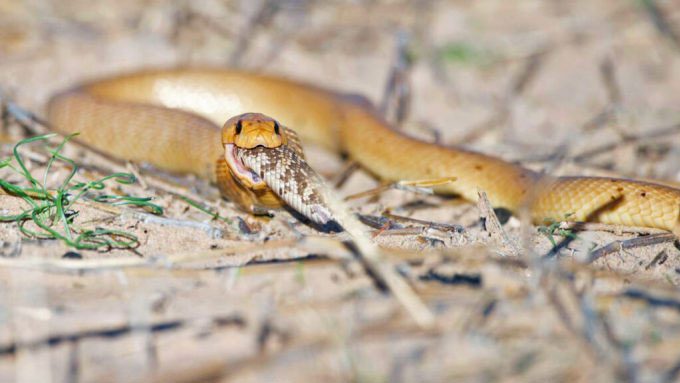
The South African cobra swallows the puff adder quite easily. (Photo: Latest Sightings).
The South African cobra, also known as the yellow cobra, is notorious for its deadly venom and is considered one of the most dangerous snakes in Africa. They are quite aggressive and will raise their bodies, expanding their necks when threatened. The venom of the South African cobra is potent, and this species is responsible for numerous fatalities each year. Nevertheless, they play a crucial role in their ecosystem, preying on a variety of animals including rodents, birds, and even other snakes.
South African cobras frequently engage in confrontations with other snakes, often resulting in the death of their rivals. Experts do not fully understand the reasons behind this behavior, but it is likely a way to reduce competition for resources.








































